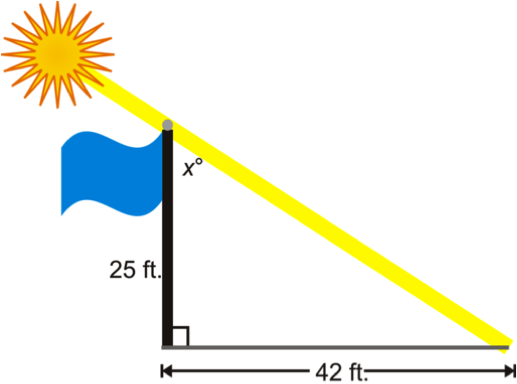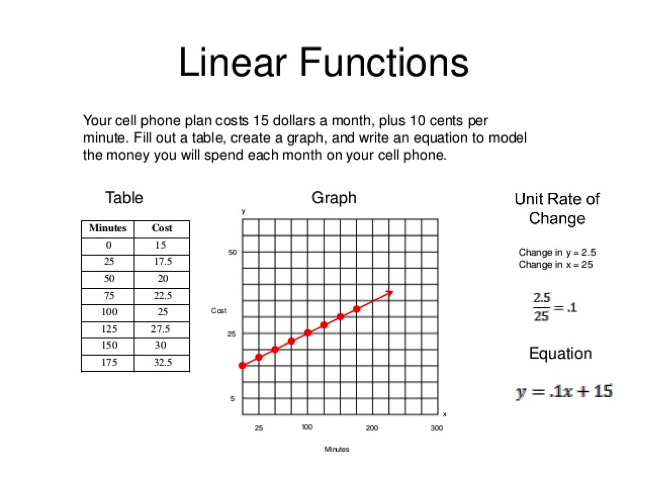Students in 6th grade are building the foundation for the math they will be working on in 7th and 8th grade. Many of the concepts are a continuation of the 6th grade work and dive deeper into the understanding and development leading up to algebra. Students in 7th and 8th grade are preparing themselves for the work they will be completing in high school in both algebra and geometry. These building blocks will be pivotal in their overall understanding and success at the high school level.
1. Number System. In 7th grade, students will fully understand how to interpret and compute all rational numbers. They can add, subtract, multiply, and divide all decimals and fractions, as well as represent percents. They compute both positive and negative numbers using all four basic operations and interpret the meaning of absolute value. In 8th grade, students move beyond rational numbers to irrational numbers. They understand the concept of decimal expansion and can interpret and find both rational and irrational numbers on a number line.
Encourage your child to:
- Use number lines when calculating with both positive and negative numbers. Having a vertical and/or horizontal number line available when doing homework can be very helpful.
- Mentally estimate and calculate tips, sales tax, and sale percentages when shopping and eating out.
- Interpret positive and negative numbers in real life such as with temperature, debt/owing money, negative and positive charges, win/losses, etc.
- Recognize rational and irrational numbers.
2. Expressions & Equations. Student’s expectations jump greatly in 7th and 8th grade when learning about expressions and equations. They begin to use variables and solve multi-step real-world problems. Students interpret inequalities and graph them accordingly. They are preparing for algebra by looking at and understanding linear equations and finding slope of a table, graph, and equation.
Encourage your child to:
-
Distinguish between an equality and inequality (>,<, >, <) using variables:
- equality: 4s + 20 = 46
- inequality: 4s + 20 < 46
- Look at and solve multi-step real-world problems using variables. For example, As a salesperson, you are paid $50 per week plus $3 per sale. This week you want your pay to be at least $100. Write an inequality for the number of sales you need to make, and describe the solutions.
- Explore and examine different types of graphs and tables either online or in the newspaper.
- Understand the meaning of slope and how to find it using a graph, table, or equation:
3. Geometry. Students focus greatly on geometry vocabulary and using their vocabulary accurately in their writing. They extend their understanding of volume and area to calculate surface area of 2-D and 3-D objects. They also learn the formulas for the area and circumference of a circle. In 8th grade, they learn the Pythagorean Theorem and apply it to real-world and mathematical problems. Students also must know the formulas for finding the volume of cones, spheres, and cylinders.
Encourage your child to:
- Use appropriate vocabulary when describing different polygons and geometric properties. For example: supplementary angles: two angles that add up to 180°.
- Create vocabulary cards for all their math vocabulary and practice them weekly.
- Find different 2-D and 3-D objects in the real world and discuss the difference between find the surface area and volume of each object.
- Understand the Pythagorean Theorem and how to use it in the real-world:

Image source: FreeLearningChannel.com
4. Functions. In 8th grade students will begin to learn about functions. Students will define, compare, and evaluate functions. They will use functions to model relationships between different quantities. They will compare functions algebraically, graphically, numerically in tables, or by verbal descriptions.
Encourage your child to:
- Analyze and explore functions on a graph and in tables.
- Understand that a function is a rule that to each input exactly one output.
- Interpret functions in real-world scenarios and how that would look in table, graph, and equation:

Image source: Slideshare.net
Have any questions about these concepts or any other questions on your child’s math? Submit them to Jennifer here so she can consider answering in an upcoming blog. Or share them with us on the Scholastic Parents Facebook Page.
Featured Photo Credit: © DragonImages/Thinkstock

